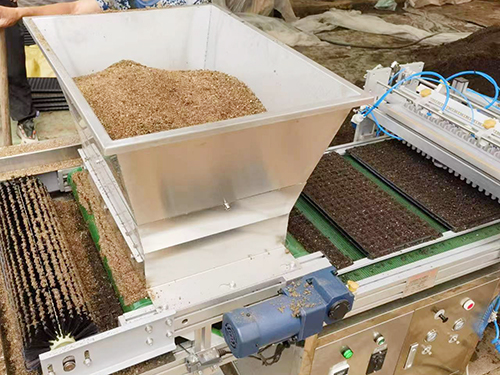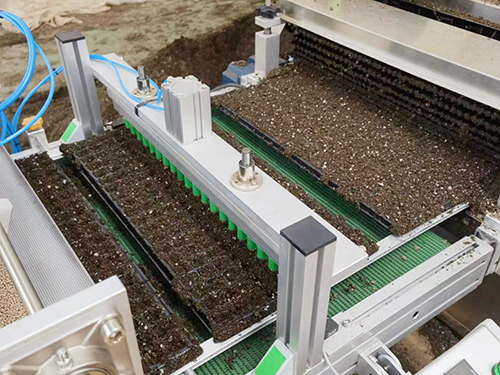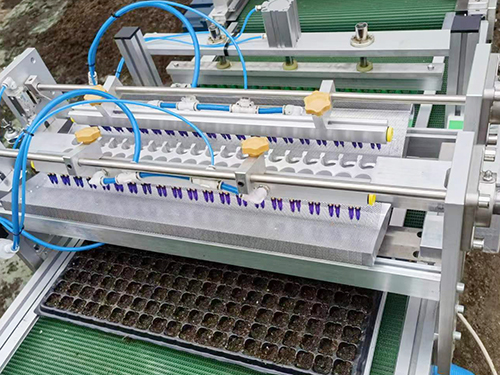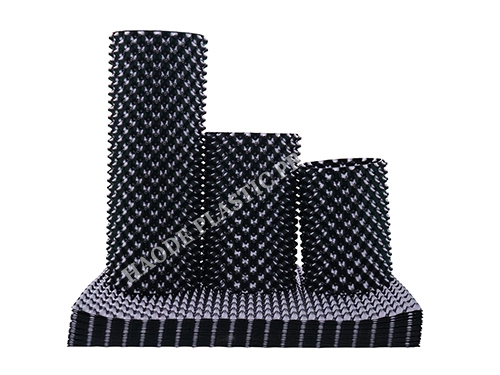How to Properly Use Seedling Trays: A Step-by-Step Guide for Novice Gardeners
2025-04-15 02:16:53
I. Introduction
For novice gardeners, the success of seed sowing often hinges on attention to detail. As the foundational medium for seedling cultivation, the proper use of seedling trays directly impacts seed germination and seedling health. This article will break down the entire process of tray usage, helping you master core seedling-raising skills with ease.
II. Preparations Before Use
(1) Tray Cleaning and Disinfection
Before use, rinse the trays with clean water to remove surface dust and residual growing medium. Soak them in a diluted potassium permanganate solution or a specialized disinfectant, then rinse thoroughly with clean water and air-dry to eliminate potential pathogens.
(2) Selection and Preparation of Growing Medium
Choose a growing medium based on plant characteristics:
Universal Type: Mixture of peat moss, vermiculite, and perlite
Vegetable Seedlings: Add an appropriate amount of organic fertilizer
Flower Seedlings: Prefer lightweight, highly breathable growing mediums
III. Core Steps for Sowing
(1) Determining Sowing Depth
Adjust the depth according to seed size:
Large Seeds: Depth approximately several times the seed diameter
Small Seeds: Lightly cover with a thin layer of soil
(2) Controlling Sowing Density
Avoid overcrowding, which can lead to nutrient competition among seedlings. Sow an appropriate amount of small seeds per cell and leave adequate growth space for large seeds.
(3) Covering and Watering
After sowing, evenly cover with growing medium. Use a spray bottle or the bottom-watering method to keep the medium moist but free of standing water.
IV. Seedling-Stage Maintenance
(1) Light Regulation
Sun-Loving Plants: Place in full sunlight
Shade-Tolerant Plants: Avoid direct strong sunlight and provide appropriate shading
(2) Temperature Control
Most seeds prefer germination temperatures within a normal range. Ventilate to cool during high temperatures and cover with a thermal film during low temperatures.
(3) Precise Fertilization
After seedlings develop 2-3 true leaves, apply diluted liquid fertilizer following the principle of "small amounts, multiple times."
V. Preparation for Transplanting
Observe the root development of seedlings. Transplant when the roots fill the tray cells. Harden off the seedlings 1-2 days before transplanting to enhance their adaptability.
VI. Tray Maintenance Tips
(1) Regular Cleaning
After each use, promptly remove residual growing medium and thoroughly scrub with a soft brush and clean water.
(2) Periodic Disinfection
Disinfect every 2-3 uses, either by high-temperature scalding or chemical agent soaking.
(3) Proper Storage
Air-dry and store in a dry, well-ventilated area, avoiding direct sunlight and heavy pressure to extend the tray's lifespan.
VII. Common Problem Solutions
(1) Seeds Not Germinating
Check seed quality, sowing depth, and temperature-humidity conditions, and make targeted adjustments.
(2) Seedling Elongation
Increase light exposure duration, lower nighttime temperatures, and thin out seedlings to control density.
(3) Disease Prevention
Maintain tray ventilation and dryness, promptly remove diseased plants, and use fungicides if necessary.
VIII. Conclusion
Mastering the correct use of seedling trays is the key to successful seedling cultivation. From preparation to sowing and maintenance, each step is interconnected. Novice gardeners only need to follow these steps and practice patiently to harvest robust seedlings.

Our state-of-the-art Vegetable and Flower Seedling Seeder is designed to streamline your se...

The vegetable seed seedling pressing equipment is a new seedling raising device....

The operation process of the automatic plug tray seedling seeder is to distribute the subst...

The Root Control Container for Landscaping Seedlings represents a groundbreaking advancemen...



